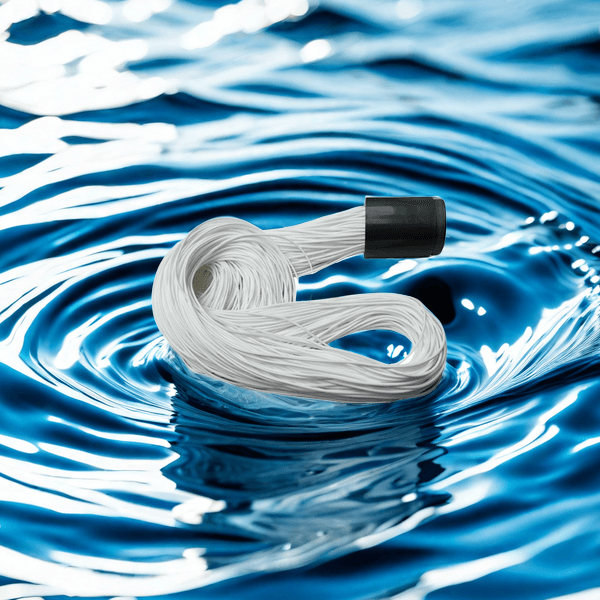Funcrtions of MABR membrane fibers
MABR membrane fibers play a crucial role in water remediation and wastewater treatment:
1. Efficient oxygen supply: MABR membrane fibers have excellent oxygen permeation and transmission performance. Oxygen is directly transmitted to the microorganisms attached to the membrane surface through the membrane fibers without passing through the liquid phase boundary layer, which greatly improves the oxygen supply speed and the utilization rate of oxygen by microorganisms.
2. Microbial attachment and growth: The membrane fiber surface has excellent microbial affinity, providing an ideal attachment and growth environment for microorganisms. The high specific surface area of the membrane fiber can effectively retain the unique microorganisms required for sewage biological treatment, greatly reducing the reactor volume.
3.Biofilm formation: Microorganisms form biofilms on the surface of the membrane fibers. These biofilms contain anaerobic, facultative anaerobic and aerobic bacterial layers, which can simultaneously perform nitrification and denitrification, effectively degrading COD, BOD, ammonia nitrogen and total phosphorus.
4. Waterproof: MABR membrane fiber material has super hydrophobic properties, which can prevent water wetting and leakage, and ensure the efficient penetration and transmission of oxygen.

5. Provide reaction space: In the MABR with a hollow fiber membrane structure, each membrane filament can be independently hung, further increasing the effective microbial biomass and significantly increasing its contact area with the water body to be treated.
6.Long-term stable operation: The hollow fiber membrane made of high-strength membrane material has good flexibility, combined with acid and alkali resistant potting glue, so that the MABR membrane has a long service life.
7. Easy to transform: MABR membrane components can be directly installed in existing biochemical pools, with little impact on existing equipment and operating systems, making it easy to upgrade sewage treatment plants.
In short, MABR membrane filaments achieve efficient degradation of pollutants in water bodies and significant improvements in water quality through efficient oxygen supply, microbial growth environment, and formation of multifunctional biofilms.
